During the years of resistance war against America to save the country, Truong Son road - Ho Chi Minh road was the lifeline, the legendary road of the Vietnamese people.

The convoy crossed Truong Son to support the southern battlefield with the slogan "All for the beloved South". (Photo: Archive)
65 years ago, in early May 1959, after the 15th Central Conference, with the policy of stepping up the armed struggle to liberate the South, the Politburo assigned the Central Military Commission to study and organize a special military transport convoy, opening a traffic and transportation route to bring cadres, weapons and necessary goods to the South.
The Politburo 's directive clearly stated: "This is a major task, of strategic significance, directly related to the cause of liberating the South and unifying the country." The Politburo's directive also emphasized: "Opening roads and organizing transportation from the North to the South must be absolutely secret and safe."
Implementing the Party's Resolution on the mission of supporting the South, on May 19, 1959, the "Special Military Task Force" - Group 559 with the mission of opening the Truong Son Road was established. The person selected by the Politburo and directly assigned the task of organizing this road was Major General Vo Bam. He was also assigned the position of Group Leader and Political Commissar of Group 559.
A coincidental but meaningful coincidence, the day the Group officially took up its mission was also the anniversary of President Ho Chi Minh's 69th birthday, so the Group proposed to take May 19, 1959 as the traditional day. Therefore, the special military task force was named Group 559 and as a dialectic, the Truong Son road opened by Group 559 was later also called the Ho Chi Minh trail by soldiers, compatriots nationwide and international friends.

Officers and soldiers of the 559th Reconnaissance Group traced the route to open the Truong Son trail.
The supreme principle of opening the road to the South was instructed by the Central Committee: "No one must know about the opening of the road... not a single person or object must fall into enemy hands. A piece of cigarette can also create evidence."
Therefore, under the conditions of "living without a home, traveling without a trace, cooking without smoke, speaking without a sound" to ensure absolute secrecy, the Working Group encountered many difficulties and hardships.
On August 13, 1959, the first shipment officially crossed Truong Son. Determined to win the first battle, the officers and soldiers of the stations did not mind the high mountains, deep streams, dark nights and the enemy's strict system of posts and posts, absolutely ensuring the secrecy and safety of the weapons to the 5th Inter-zone in the north of A Sau, A Luoi (Khe Sanh).
This is a great milestone for the Vietnamese revolution because a gun, a bullet transported to the battlefield represents the people's will - the Party's will, the feelings of Uncle Ho and the people of the North sent to their compatriots and soldiers in the South who are fighting for the independence and freedom of the fatherland.
"Split Truong Son to save the country, with a heart full of hope for the future"
In 1963, on this route, Group 559 transported 160,000 guns of all kinds to the South, including mortars, DKZs... These forces contributed decisively to the resounding victories of the following years 1964, 1965 such as the victories of Dong Xoai, Binh Gia, Ba Gia... At this time, the total number of Group 559 had reached 6,997 people. The means of transport included 1,900 bicycles, 3 elephants, 40 pack horses, 70 transport cars...
By the end of 1964, the Ho Chi Minh Trail had been built and extended to include 781 km of motorway, more than 600 km of liaison and earthen transport routes. A transportation network from East to West Truong Son was also formed, with a system of three parallel routes: liaison route, earthen transport route and motor transport route, including main roads and branch roads leading to the battlefields.
By 1965, to deal with the US army directly participating in the war in South Vietnam, the Ministry of Defense decided to upgrade Group 559 to the Military Region level and appointed the Minister of Transport, Major General Phan Trong Tue, as Commander and Political Commissar. Colonel Vo Bam was appointed Deputy Commander. Colonel Vu Xuan Chiem was appointed Deputy Political Commissar... From here, the Ho Chi Minh Trail became a strategic motorized road system, consisting of three interconnected routes, ensuring transportation throughout the four seasons, including the rainy season.
Special Military Task Force 559, from a transport and liaison unit, initially formed a military force including: transport, infantry, engineers, youth volunteers, frontline laborers, and traffic workers, ensuring the transportation route continuously developed from Eastern Truong Son to Western Truong Son, from the great rear of the North to the battlefields of the South, Laos, and Cambodia, contributing to the liberation of the South and the unification of the country.
With its contributions, Group 559 was honored by the Party and State with the title of Hero of the People's Armed Forces, the Gold Star Order, the First Class Ho Chi Minh Order; 77 units and 44 officers and soldiers were awarded the title of Hero of the People's Armed Forces.
During the years of resistance war against America to save the country, Truong Son road - Ho Chi Minh road was the lifeline, the legendary road of the Vietnamese people.
As General Vo Nguyen Giap once wrote: "The Truong Son road, the Ho Chi Minh road is a great project, expressing the will, determination, courage and extraordinary creativity of the Vietnamese people, determined to bring human and material resources from the great rear to support the great front line; is one of the strategic factors of decisive significance, bringing the resistance war against the US, saving the country to complete victory".
Binh Duyen (According to xaydungdang.org.vn)
Source



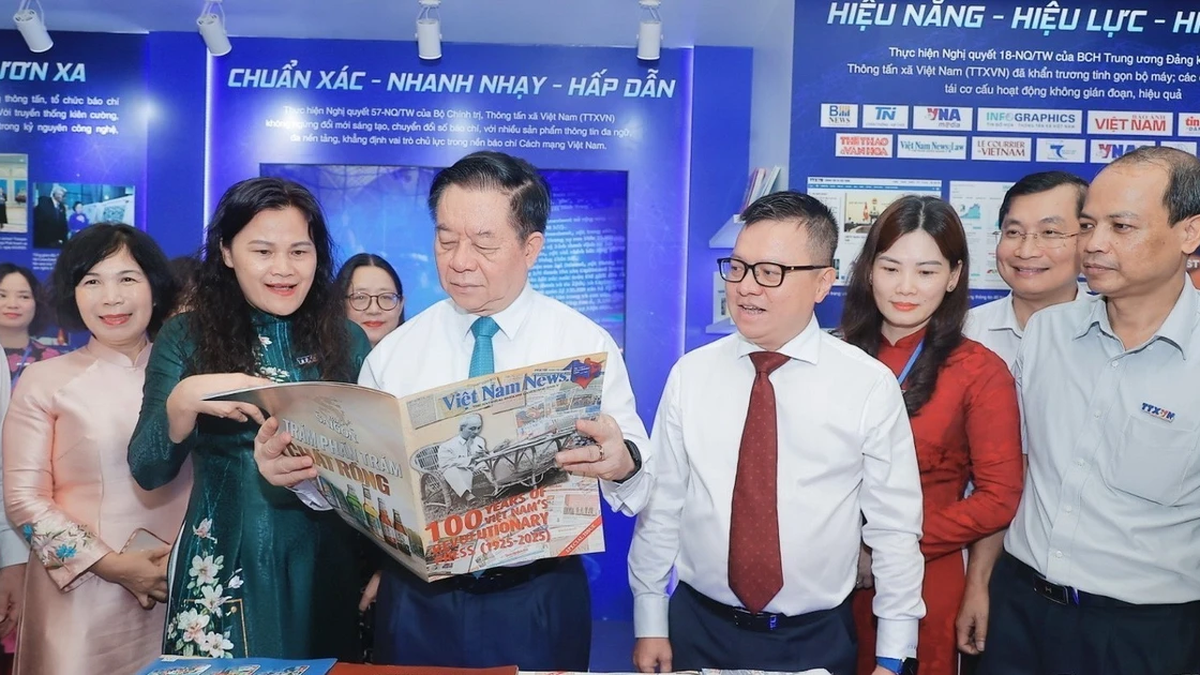
![[Photo] Panorama of the Opening Ceremony of the National Press Festival 2025](https://vphoto.vietnam.vn/thumb/1200x675/vietnam/resource/IMAGE/2025/6/20/6b835ee92c2c4df587af73cb2d1f4f5f)



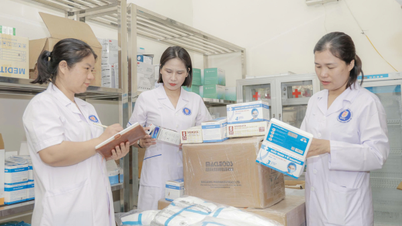

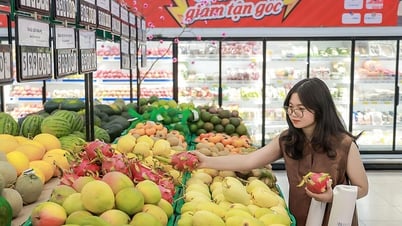
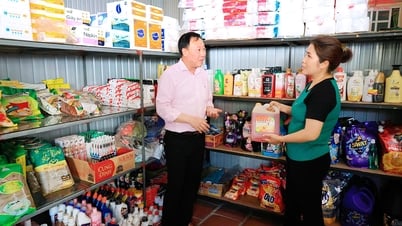
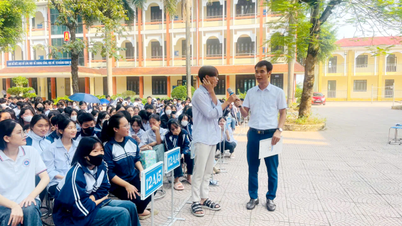
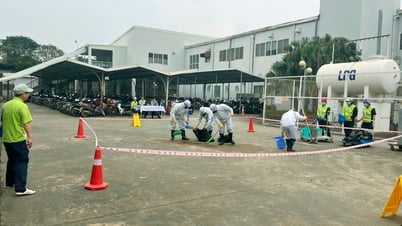
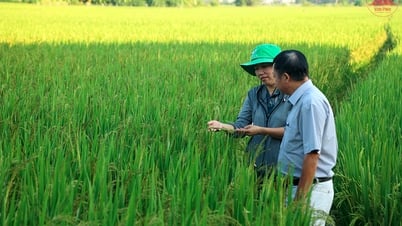









![[Maritime News] Wan Hai Lines invests $150 million to buy 48,000 containers](https://vphoto.vietnam.vn/thumb/402x226/vietnam/resource/IMAGE/2025/6/20/c945a62aff624b4bb5c25e67e9bcc1cb)
![[Photo] General Secretary To Lam chairs the 14th Central Military Commission Conference](https://vphoto.vietnam.vn/thumb/1200x675/vietnam/resource/IMAGE/2025/6/20/a9d25fc6dd664fb9a3757502f32e5db0)





























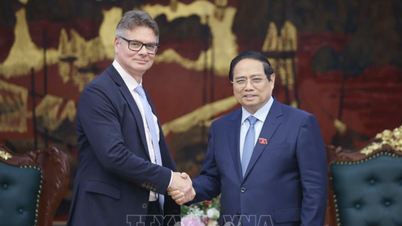







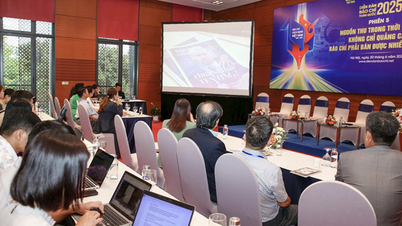

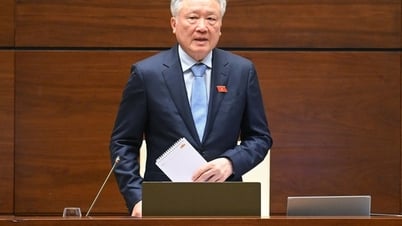
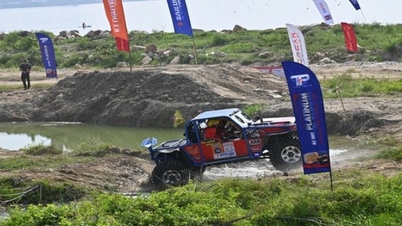
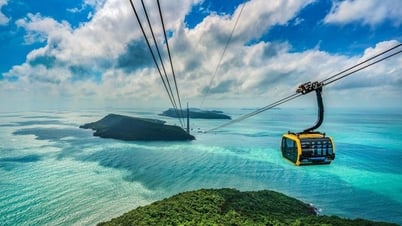
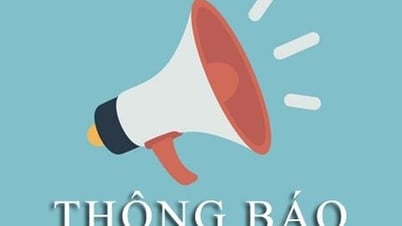

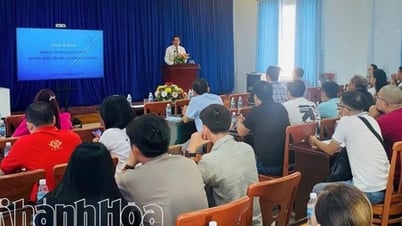
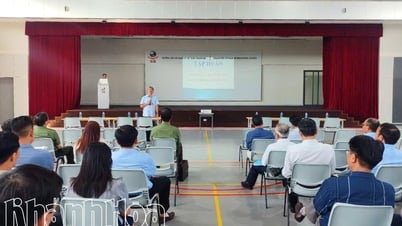

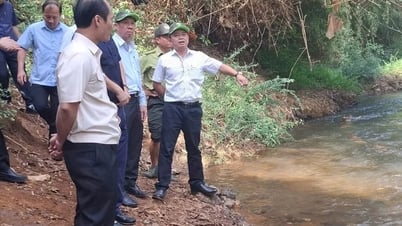

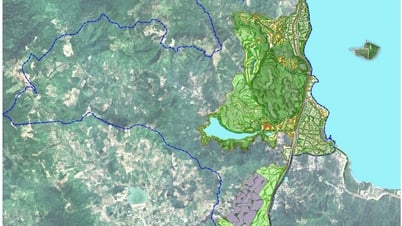
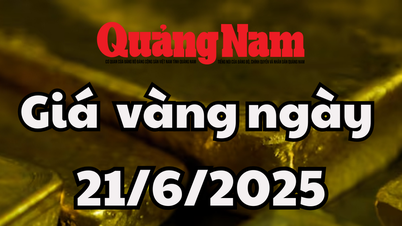















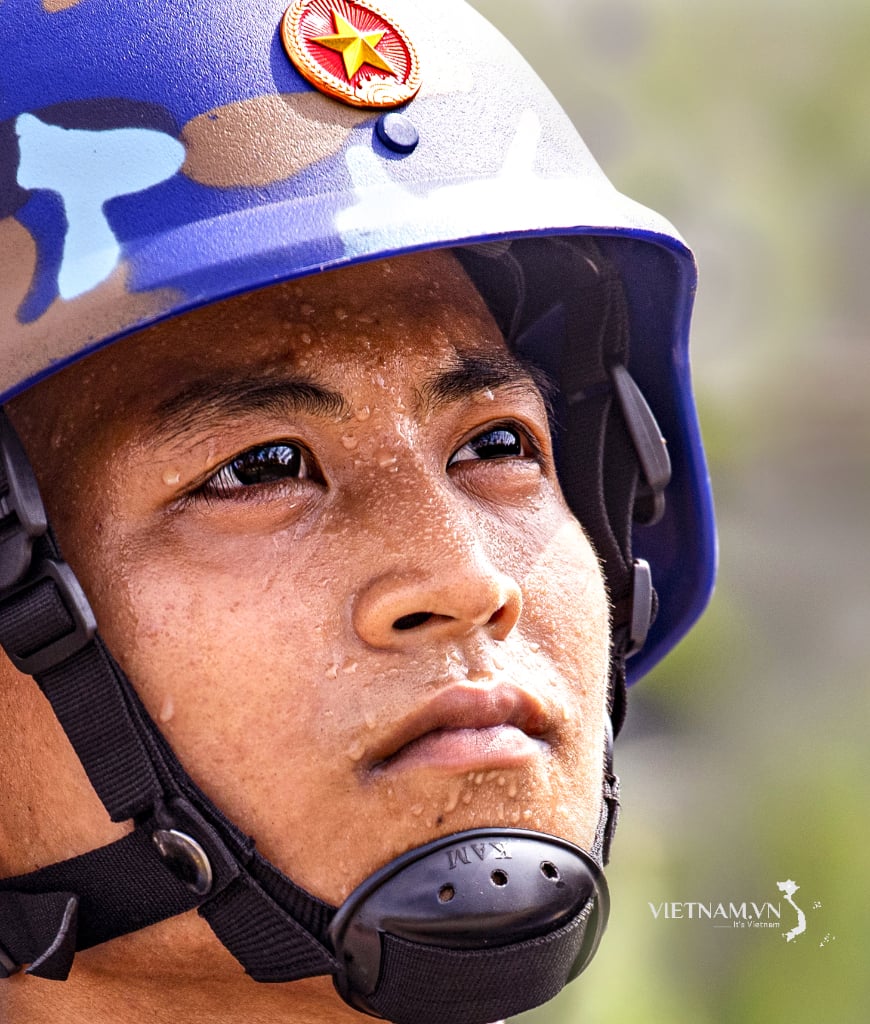
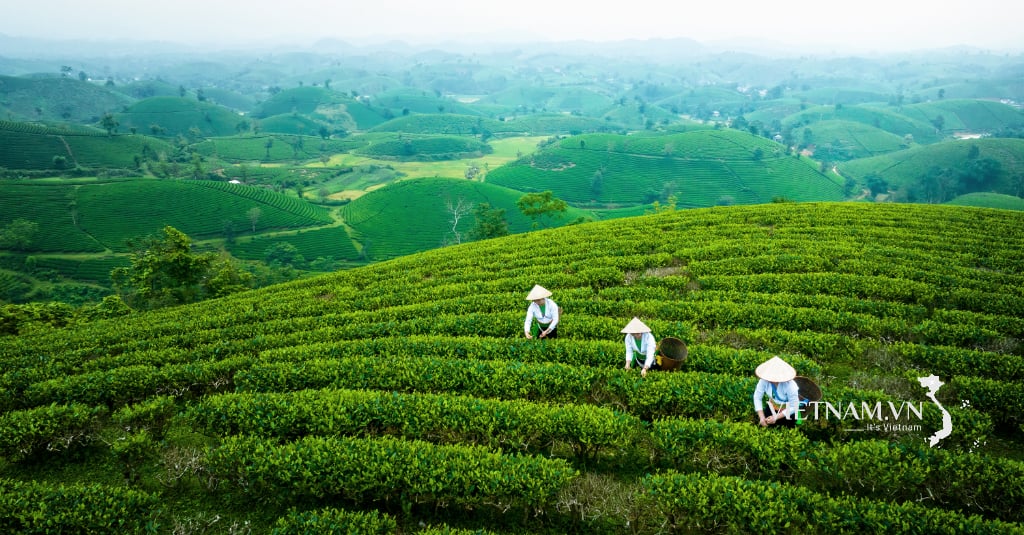
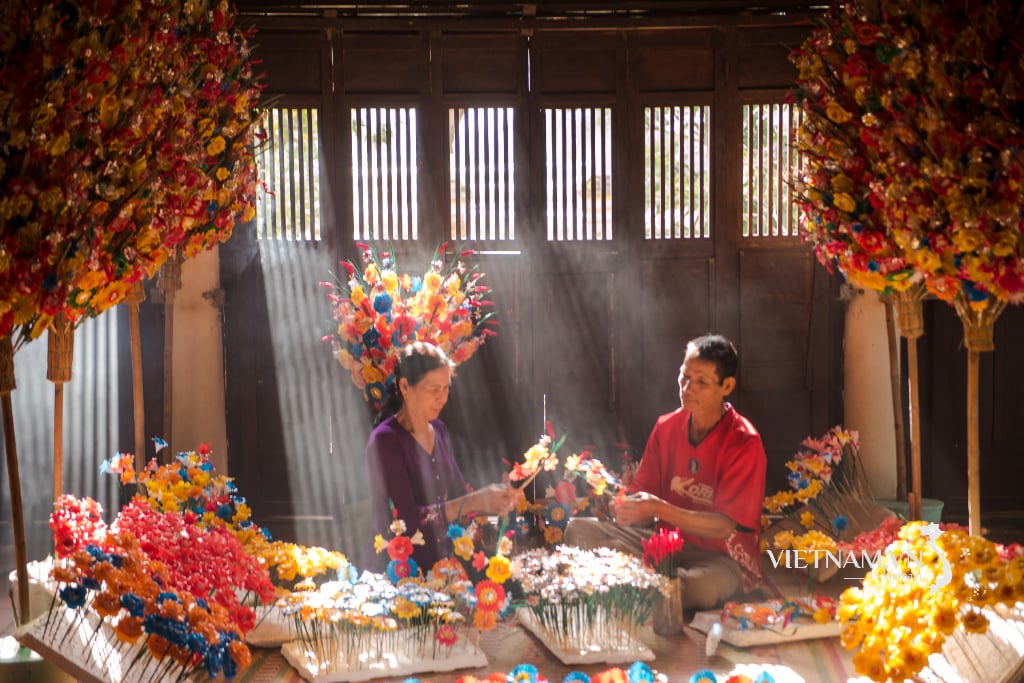

Comment (0)